2020-09-22 09:30
CCS-UK Holds Successful ONE Record Trial for UK Industry
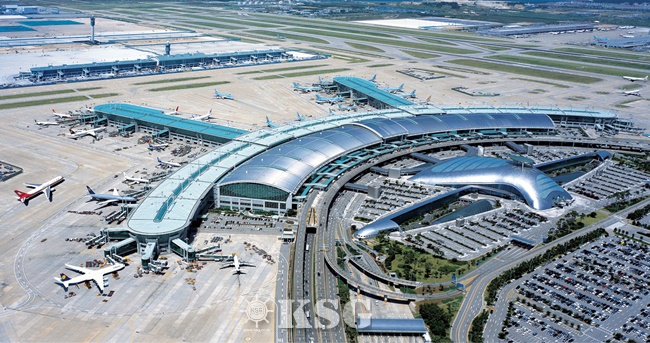
While much of the air cargo world continues to focus on recovering from COVID-19, and the UK prepares for Brexit, London Heathrow Airport’s air cargo community has successfully completed its first trial of IATA’s ONE Record technologies, which aim to replace the legacy Cargo-Imp and XML standards.
The vision for ONE Record is an end-to-end digital logistics and transport supply chain where data is easily and transparently exchanged in a digital ecosystem of air cargo stakeholders, communities and data platforms.
Its objective is to address the main challenges of e-freight and unlock the possibilities of a full digital air cargo industry, creating opportunities for new value-added services and business models. Working on behalf of CCS-UK, the operator of the UK’s air cargo community system, US application development and data management specialist Nexshore built a ONE Record server based in the UK, to control the storage and transmission of the ONE Record data objects which form the core of the new concept. The server was built to the latest ONE Record standards, but was also designed to support earlier versions. In addition, security to the latest IATA specifications was built into the CCS-UK platform.
The Heathrow project – led by community provider CCS-UK and its User Group – took place between March and July 2020, and involved forwarder Geodis and Cathay Pacific Cargo, and their respective IT systems providers WiseTech Global and GLS. Interfaces to the participants’ systems were provided by Nexshore. During the pilot, air waybill data was successfully exchanged between the parties and status updates provided.
Says Malcolm Fowler of the CCS-UK User Group: “We are delighted at how well this initial pilot has gone, but we need additional participants in order to test the system on a larger scale, under everyday working conditions and with higher traffic levels. “ONE Record may not seem like the most important priority for the industry right now, but in fact there has never been a better time to adopt it.
It delivers greater efficiency and potential cost savings, and low implementation costs. In addition, through the total transparency and uniformity it brings to the supply chain, it provides the kind of seamless data flows and visibility which shippers and consignees are demanding, and the traditional airfreight sector must provide, if it is to realise its full potential in the developing e-commerce boom.”
< Korea Shipping Gazette >
많이 본 기사
- HMM, 4번째 9000TEU급 신조 컨선 부산-남미동안항로 취항‘남미 30%대 껑충’ 컨운임지수 2주만에 1400선 회복벌크선시장, 철광석 수요 활황에 선복 부족 이어져팬스타그룹 2500t급 연안유람선 부산서 첫 뱃고동부산항만공사, 스마트항만 기술혁신포럼 개최中 시안-체코 프라하 정기화물열차 운행 개시대만 3대 선사 3분기에 영업익 1.7조 합작KMI, 부산국제금융진흥원과 해양수도 금융전략 논의부산신항 비엔씨티, 김장김치 1100박스·700만원 기탁HD현대, 디지털·AI 앞세워 2030년 ‘매출 100兆’ 목표 제시
- 박정석 한국해운협회장, 명예 해기사·1급항해사 위촉인천공항공사–항공대, 공항직원 전문교육 확대 나선다해양수산연수원 오션폴리텍 교육생 헌혈증 120장 기부BPA, 환적모니터링시스템 포트아이 16일 先배포조선기자재연구원, 산업혁신기술지원플랫폼 사업성과·과제 공유건강칼럼/ COPD 환자, 추우면 ‘숨’이 힘겹다!중국유럽정기화물열차 누적 운행횟수 12만회 돌파울산항만공사, 공공기관 중 유일 폭력예방교육 우수기관 선정IPA, 인항고·인천해사고에 장학금 2000만원 전달인사/ 해양수산부






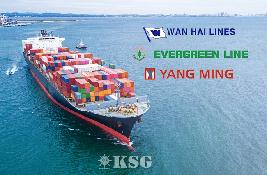

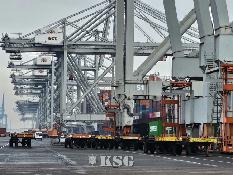



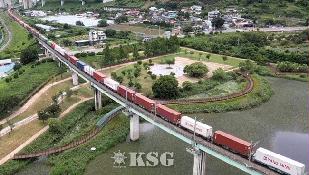



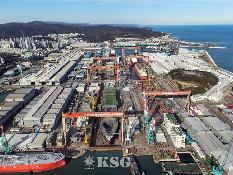

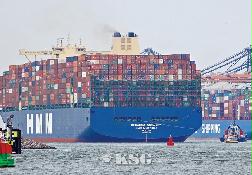
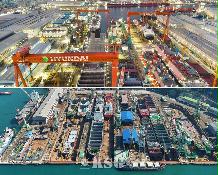
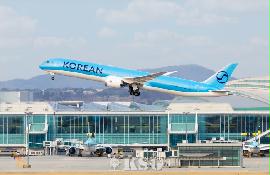


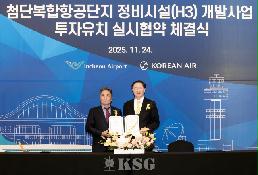

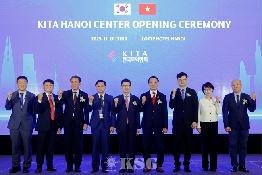
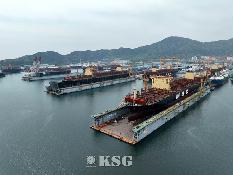



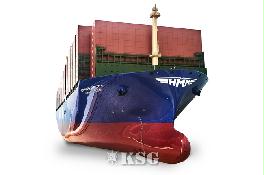
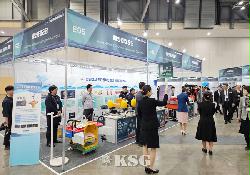
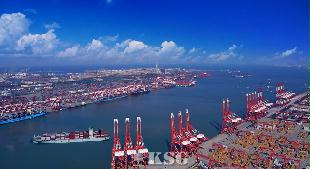
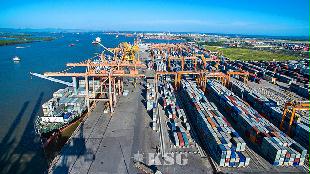
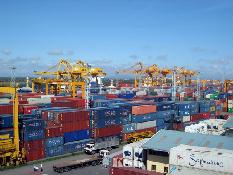






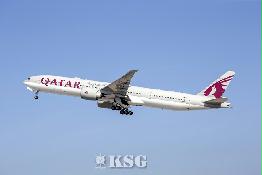
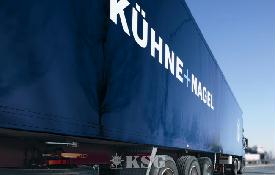
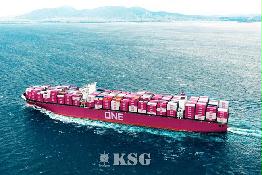






















0/250
확인